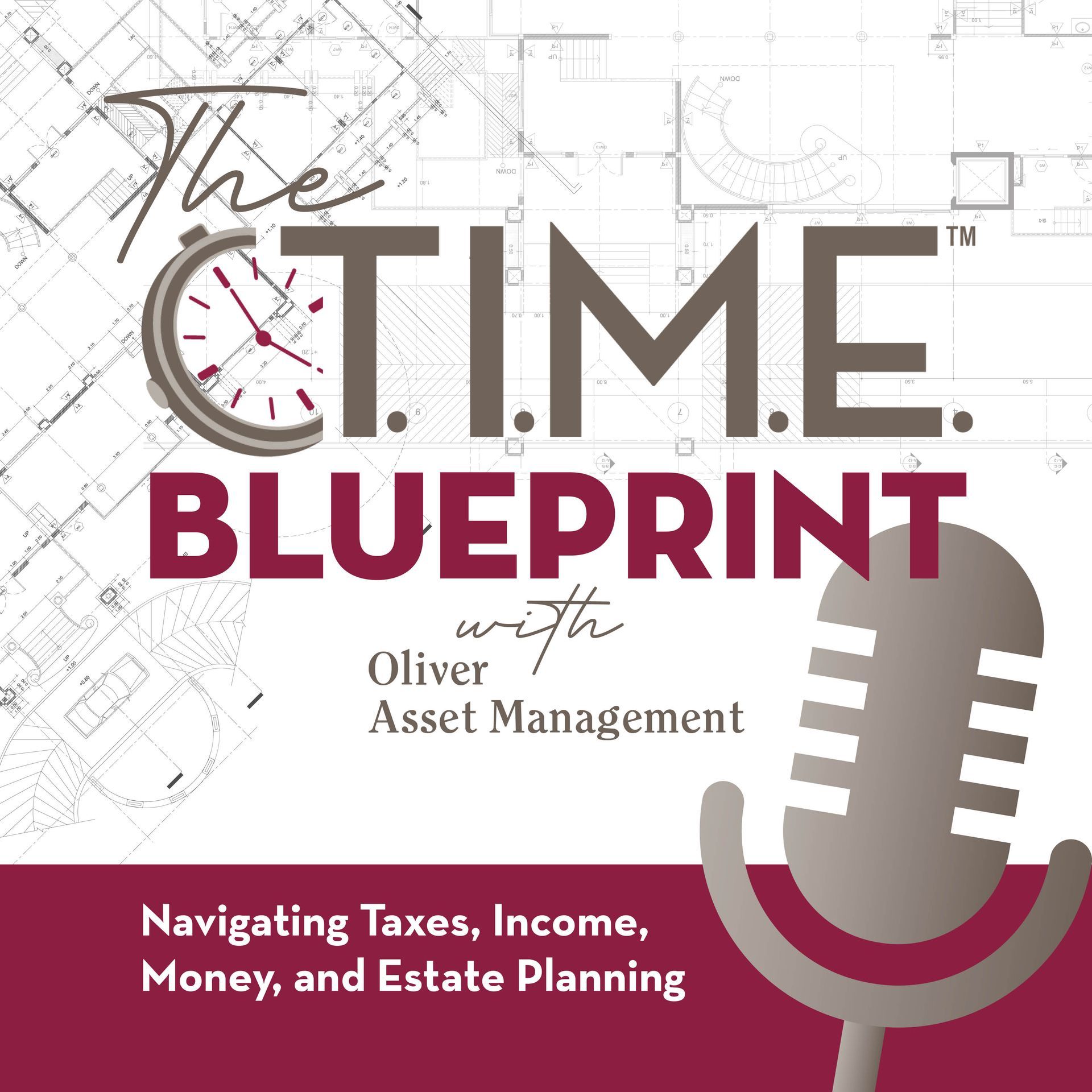In November 2020, the IRS released new proposed life expectancy tables for calculating required minimum distributions (RMDs) from IRA and employer retirement plans. After more than a year of waiting, the finalized tables will occasionally go into effect on January 1, 2022 and will have far-reaching impacts.
Every individual subject to annual RMDs will be affected. Whether someone is taking lifetime RMDs from his own IRA or taking RMDs on an inherited account, the RMD calculation will change. While most custodians will automatically implement the new tables and make the necessary adjustments internally, it is important for IRA owners and plan participants to understand the mechanics of these changes. After all, while a custodian may calculate an RMD, that custodian is not required to calculate the RMD correctly. Ultimately, it is the responsibility of the account owner to take the proper RMD amount.
All three RMD life expectancy tables were revised:
- Uniform Lifetime Table: Used to calculate lifetime RMDs for an account owner’s own IRA or retirement plan.
- Joint (and Last Survivor) Life Expectancy Table: Used instead of the Uniform Lifetime Table when a spouse is the sole IRA or plan beneficiary, and that spouse is more than 10 years younger than the IRA owner or plan participant.
- Single Life Expectancy Table: Under the SECURE Act, only used to calculate post-death RMDs for “eligible designated beneficiaries” (i.e., surviving spouse; minor child of the account owner/participant; chronically ill or disabled individual; those beneficiaries who are not more than 10 years younger than the owner/ participant).
Whether an infant or elderly, the new IRS life expectancy tables will impact many individuals. The typical result will be somewhat smaller RMDs. Granted, we are not talking about wild swings in RMD amounts or substantially elongated life expectancies. But we are talking about nuanced changes that reflect a population that is living longer. While the new tables will not have a significant or immediate impact on all retirement account owners, they will touch most of us at some point. As such, it is important to
understand the changes and how they are implemented.
Copyright © 2021, Ed Slott and Company, LLC Reprinted with permission Ed Slott and Company, LLC takes no responsibility for the current accuracy of this information.















